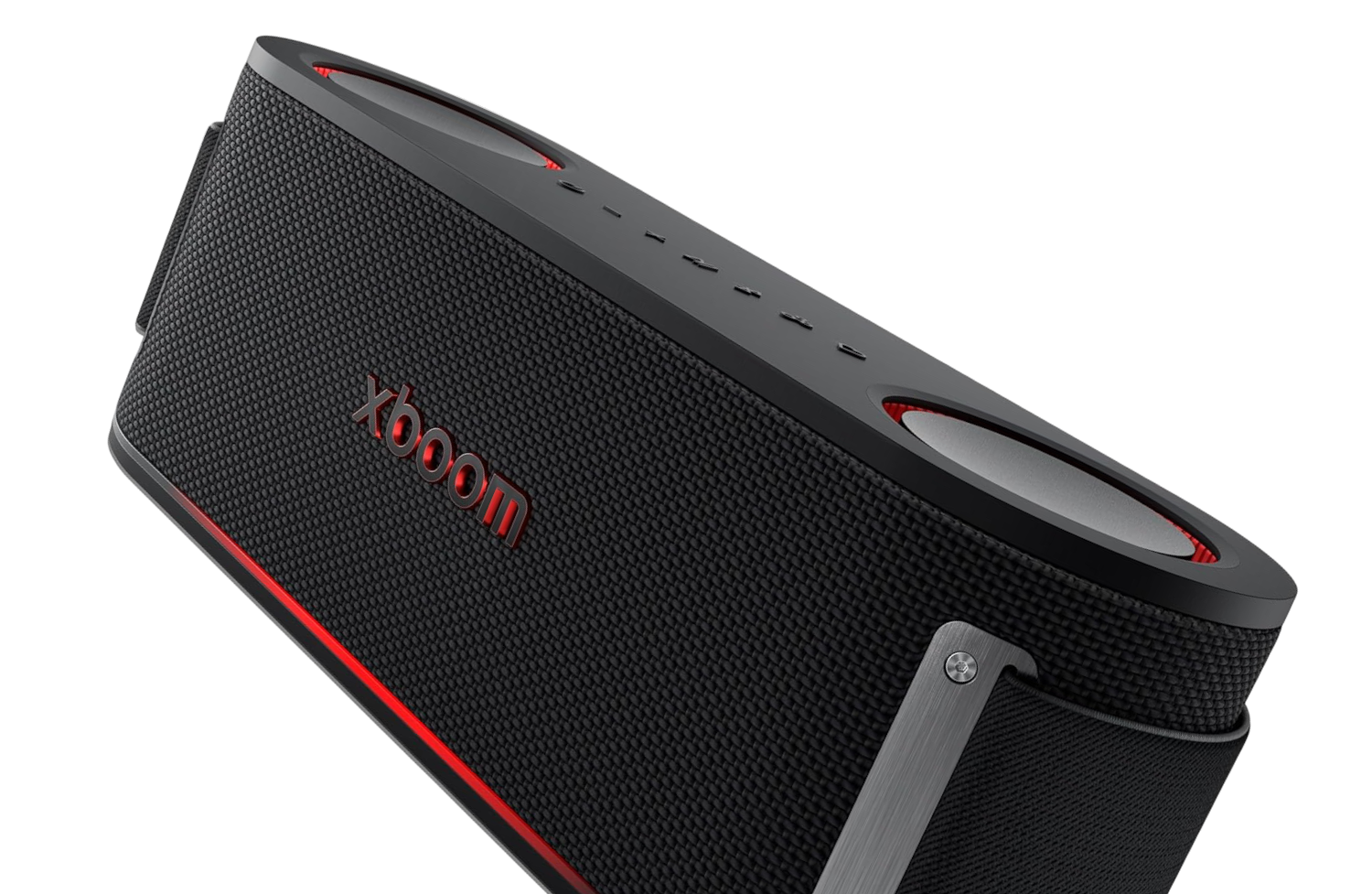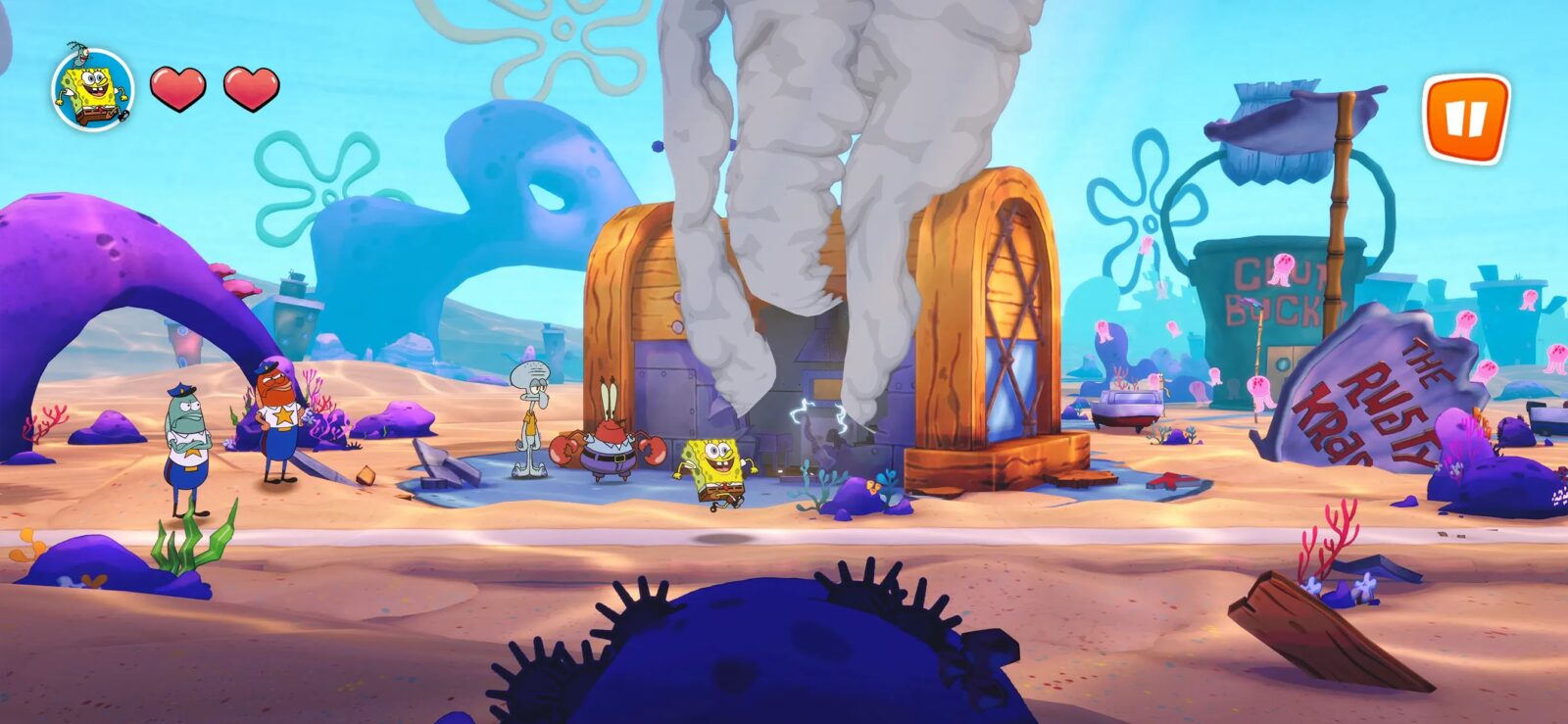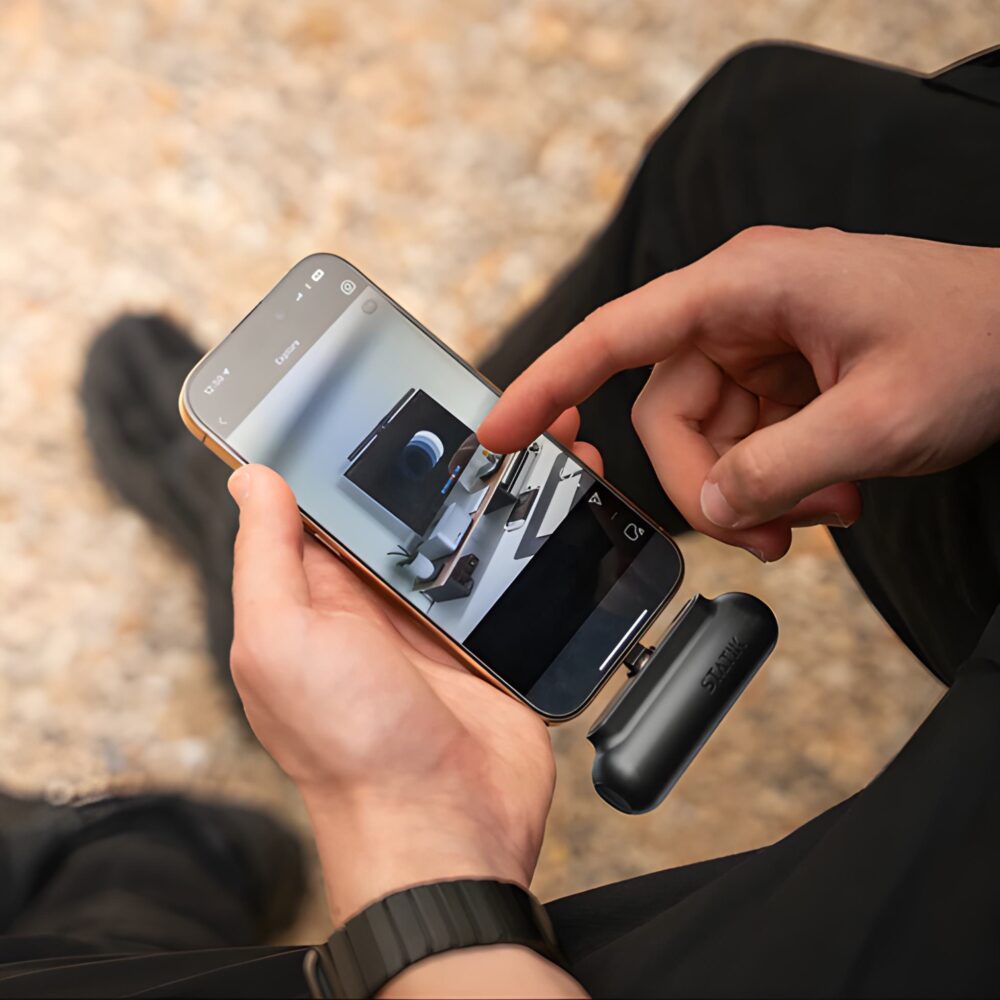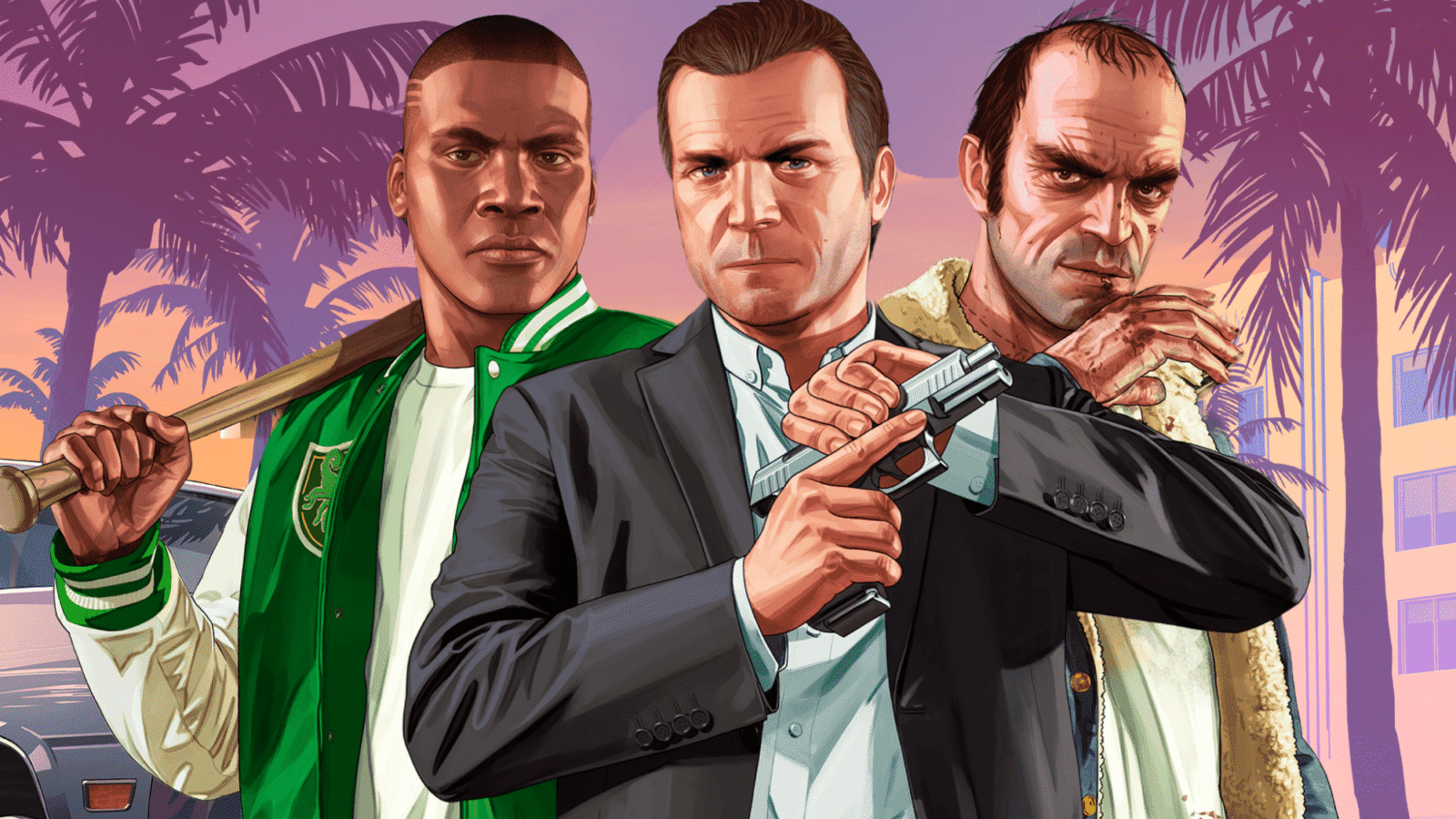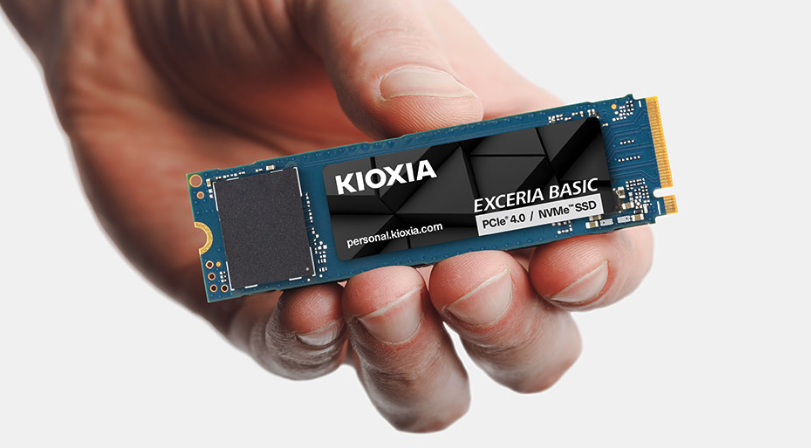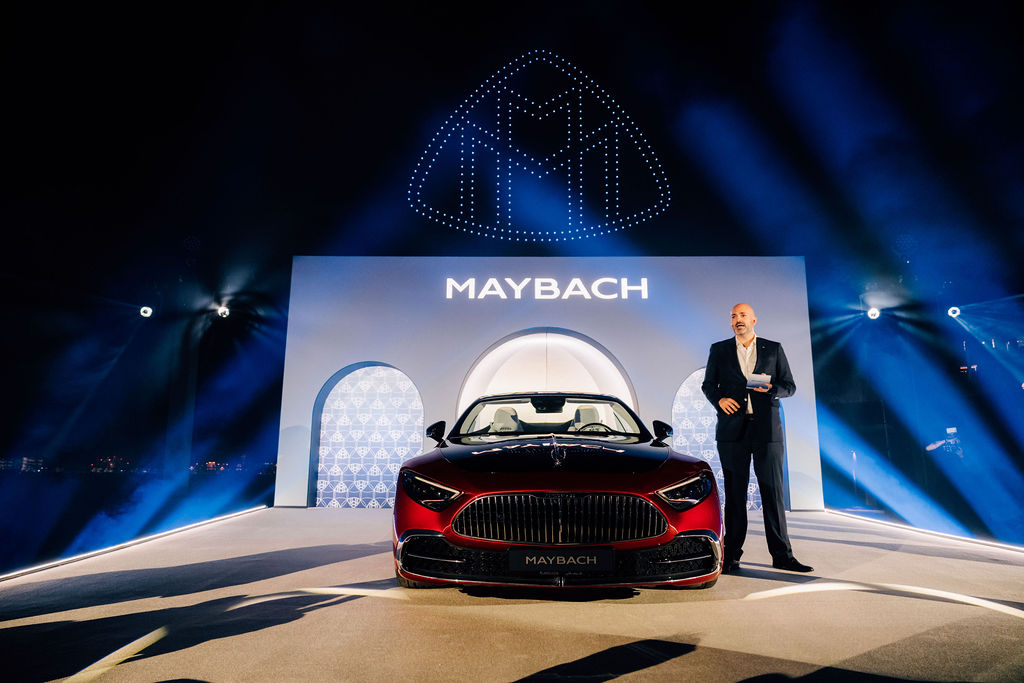TL;DR: Weird-looking. Great-sounding. A little too heavy. A lot of fun. The LG xboom Bounce isn’t for everyone—but for those who like their gadgets with a side of personality, it absolutely lives up to its name.
LG xboom Bounce
I’ve always had a soft spot for tech that looks a bit ridiculous. Maybe it’s the millennial in me who grew up surrounded by translucent iMacs, lava lamps, and Game Boys that glowed under blacklight. Somewhere deep down, I still root for gadgets that dare to look different. So when the LG xboom Bounce landed on my doorstep—a squat, futuristic-looking Bluetooth speaker that could double as a prop from Blade Runner 2049—I knew I was in for something a little offbeat.

And “offbeat” is kind of the whole point here. Co-designed with will.i.am (yes, the same will.i.am who once rhymed “boom boom pow” with “got that digital sound”), the XBOOM Bounce wants to be more than another black cylinder that blasts Spotify playlists in the kitchen. It wants to perform. It wants to bounce light, push bass, and maybe even convince you that a speaker can have personality.
I spent time living with it—dragging it from my desk to the patio, blasting music while cooking, testing its limits in the rain (on purpose and by accident). And after days of listening, tweaking, and occasionally laughing at how absurdly extra it is, I came away both impressed and bemused. The Bounce isn’t perfect—but it’s a rare gadget that manages to make “different” feel like a genuine virtue instead of a marketing gimmick.
Let’s talk about why.
First Impressions – The Alien Egg Aesthetic
The LG XBOOM Bounce doesn’t look like a speaker. It looks like the offspring of a sci-fi hovercar and a loaf of banana bread. At 272mm wide and weighing just over 1.4 kilograms, it’s definitely chunkier than your average “throw-it-in-your-bag” Bluetooth speaker. The shape is this weird racetrack oval, with dual passive radiators peeking out from the top like tiny robot eyes. There’s a subtle LED strip wrapped around the sides that pulses with light when the music plays—more like a lowkey heartbeat than a rave strobe.
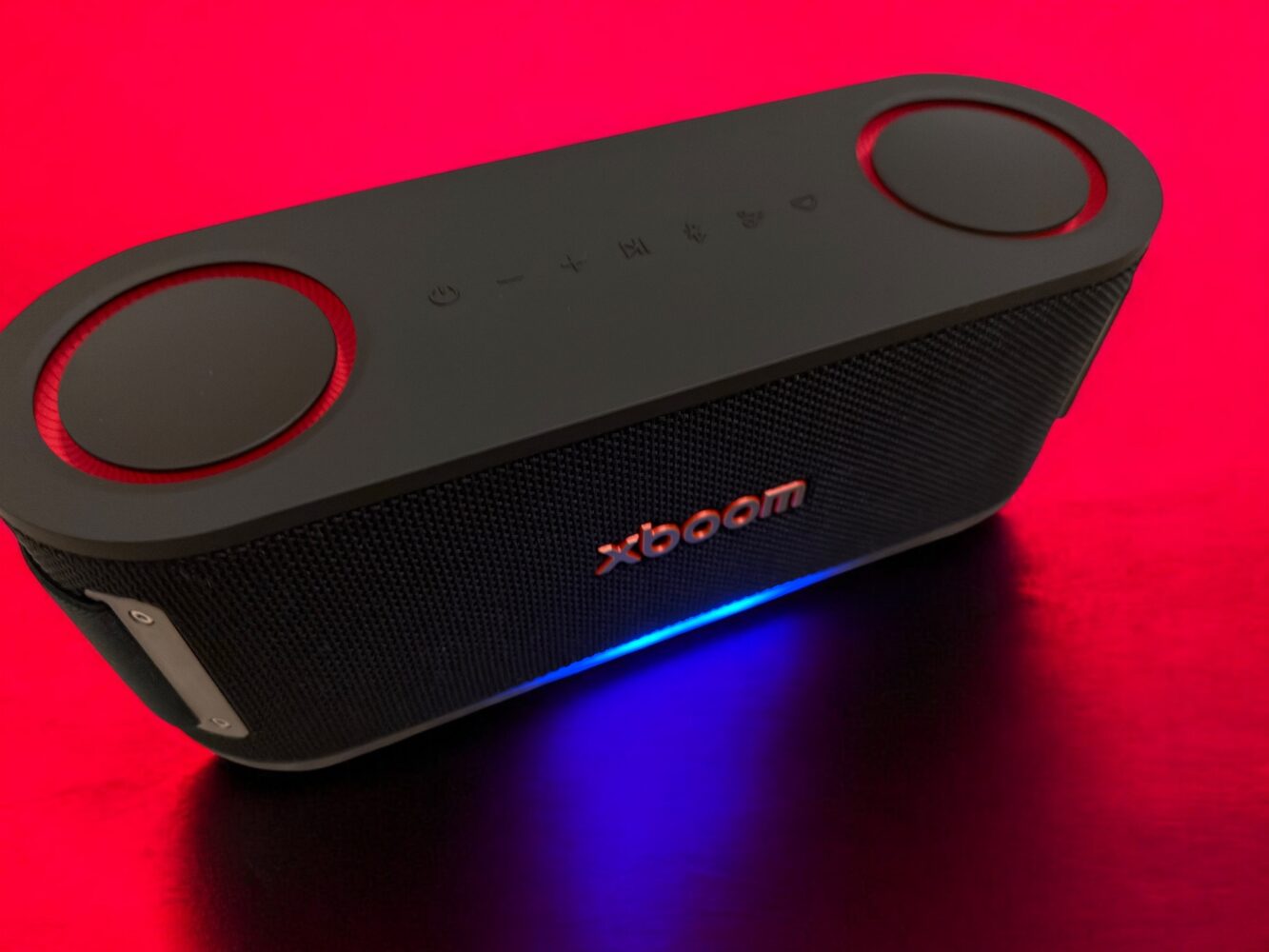
But here’s the kicker: it actually feels premium. The matte enclosure doesn’t creak, the buttons have that satisfying “click” you only get when someone actually cared about the tactile design, and it carries an IP67 waterproof rating. LG even claims it’s “tested to U.S. military standards,” which I assume means it can survive both a rainstorm and a barbecue full of slightly drunk dads.
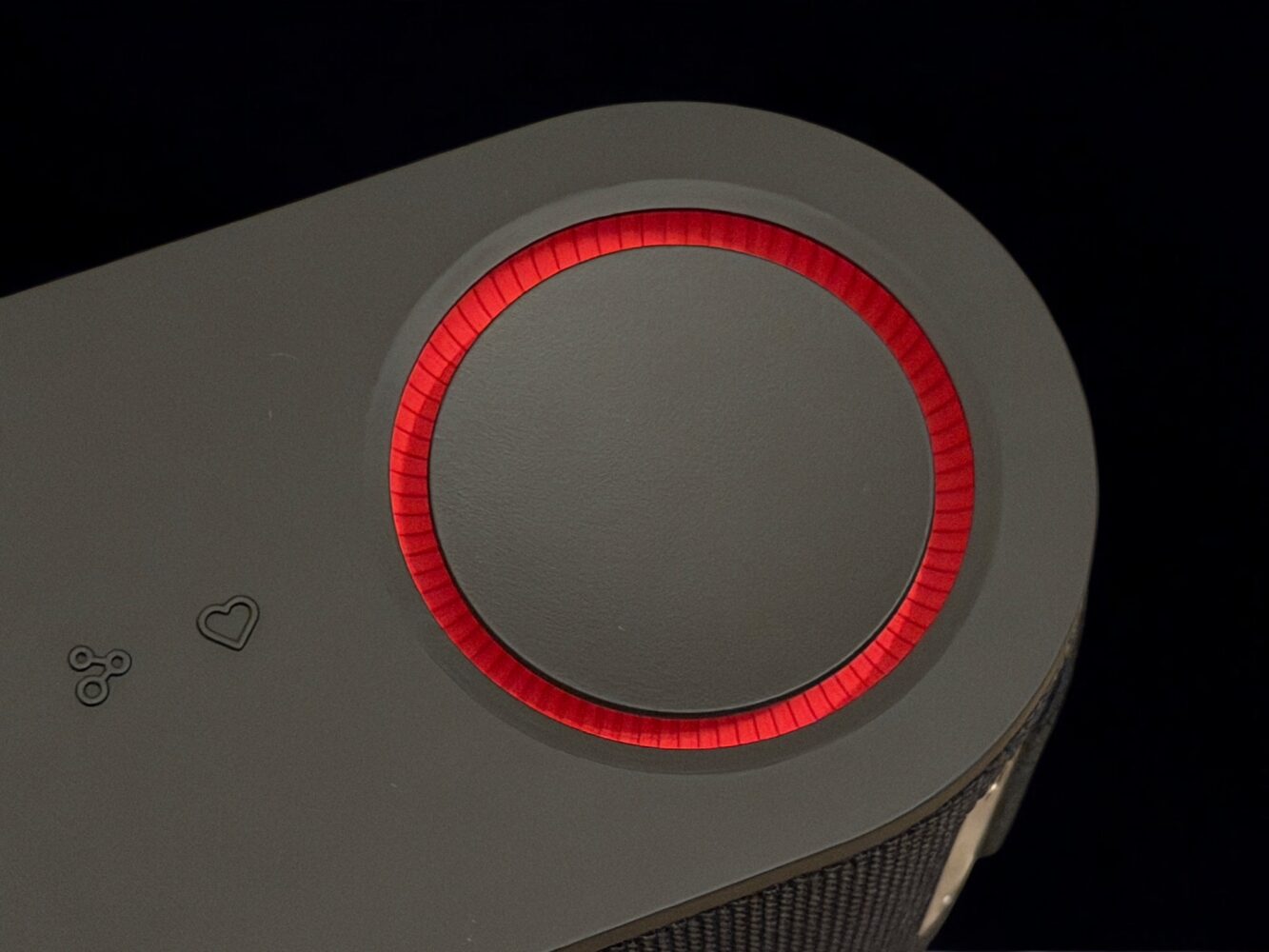
There’s an elastic strap on the back that’s clearly meant to make it portable. It’s… fine. It’s also the first design element that made me go, “Why?” It’s too loose to feel secure, too tight to wrap around anything, and seems destined to stretch out like an old scrunchie. This strap is less “carrying handle” and more “awkward friendship bracelet.” But we’ll come back to that.
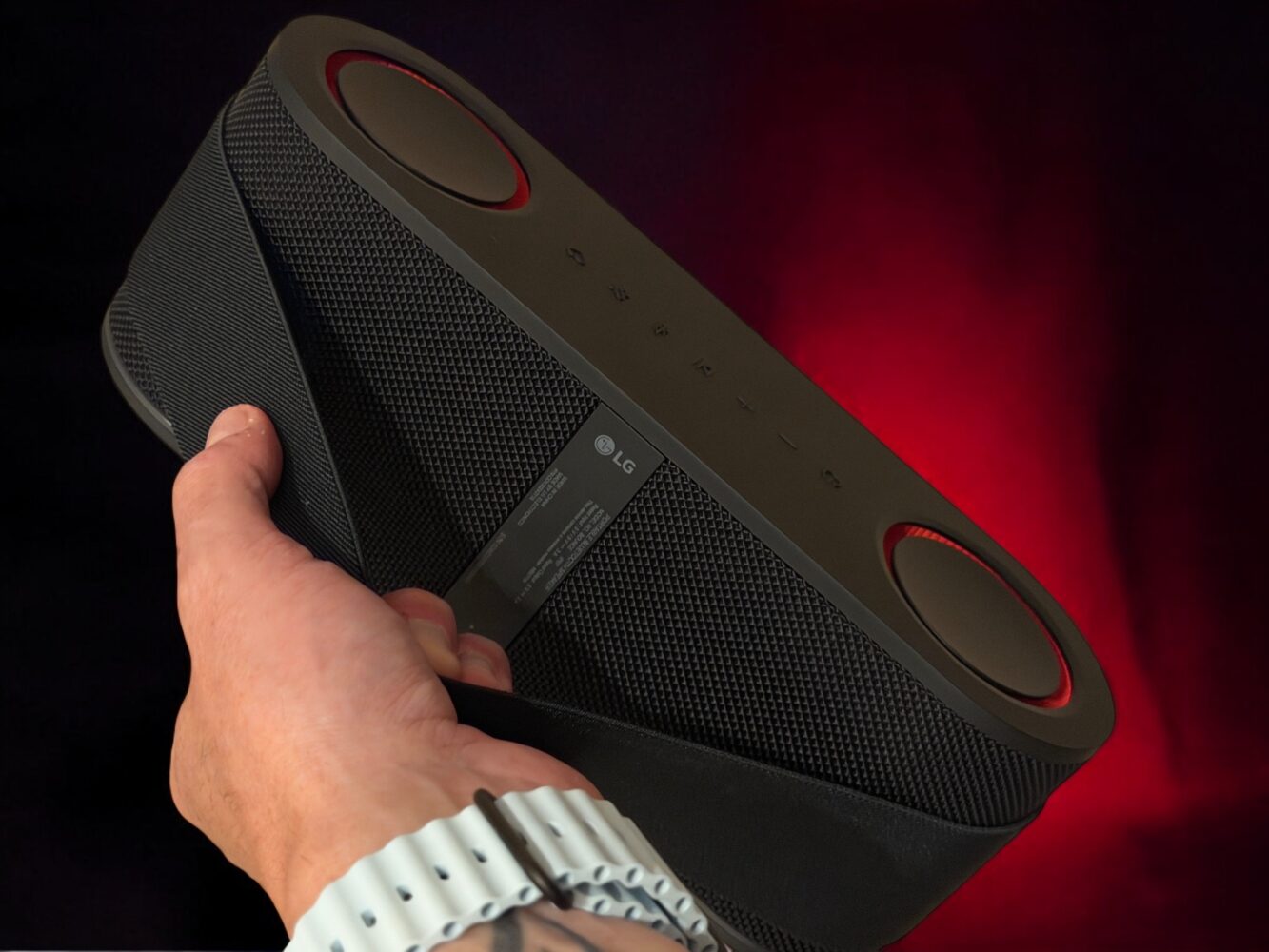
For now, let’s just say the xboom Bounce makes an entrance. It’s weird. It’s charming. It’s that one person who shows up to a house party wearing metallic pants and somehow pulls it off.
Setup and Software – The ThinQ Paradox
Like all LG smart devices, the Bounce lives inside the ThinQ ecosystem—a software universe that apparently wants to control everything from your fridge to your air purifier to, now, your Bluetooth speaker.
Pairing it is painless: you hold down the Bluetooth button, the lights dance, your phone finds it instantly, and you’re ready to go. The app itself is where things get… labyrinthine. It feels like LG crammed every connected device under one roof, and then hid the music settings three menus deep just to test your patience.
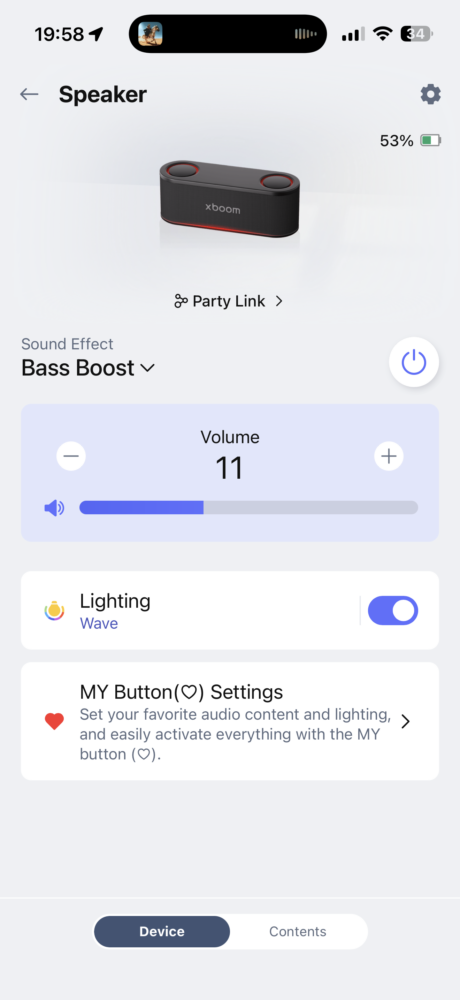



Once you dig them out, though, you’re rewarded. There’s a full six-band EQ—an actual EQ, not those token “Bass/Treble” sliders most companies throw in—and multiple presets that genuinely change the sound signature. You can adjust the lighting, rename your speaker, and even assign a “My Button” function that launches apps like LG Radio+ or Apple Music.
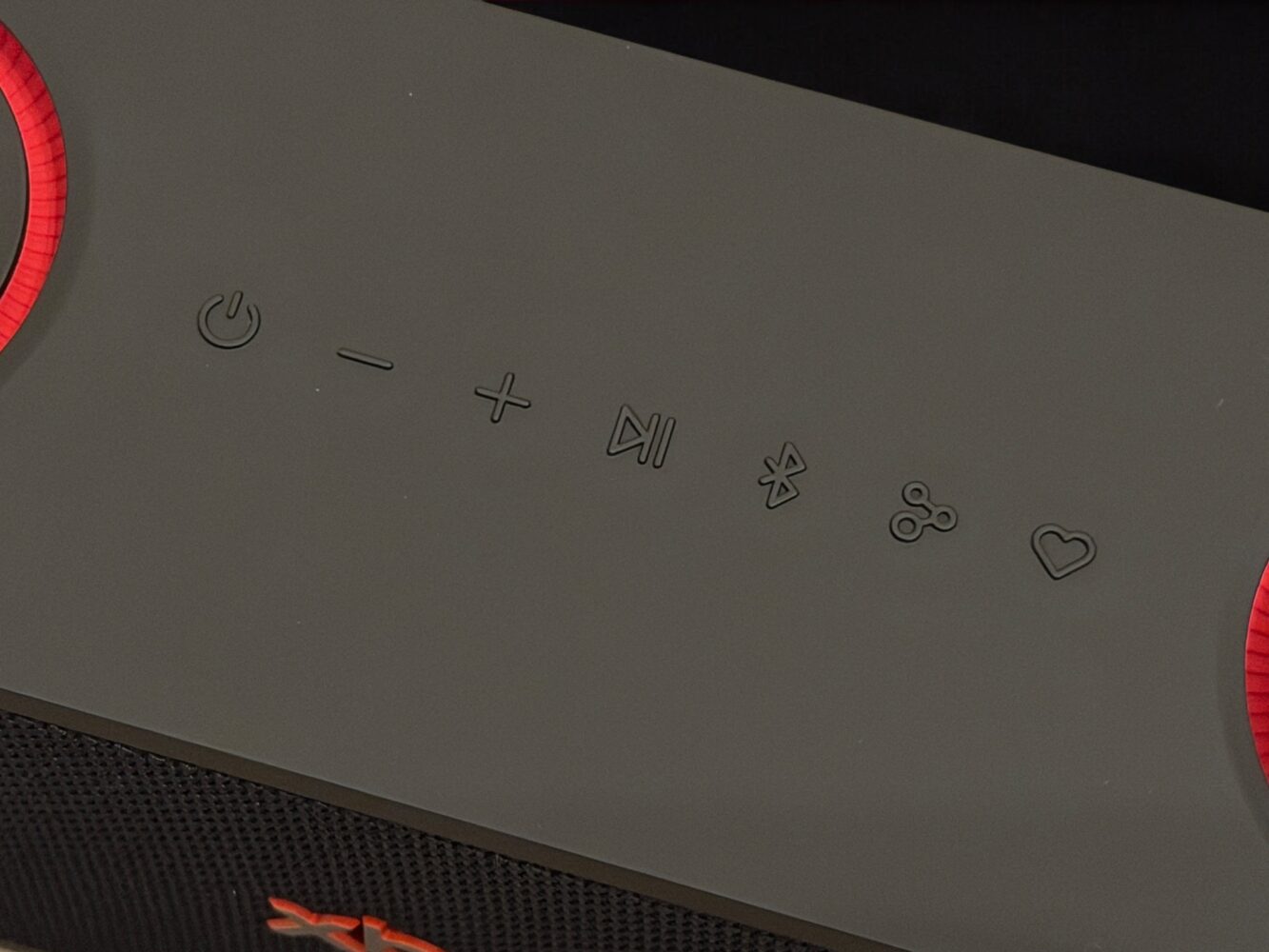
It’s very LG: overcomplicated but oddly endearing once you learn its quirks. It’s like using a remote control from the ‘90s—half the buttons don’t make sense, but the weird ones do something kind of cool if you press them long enough.
The Sound – The Bounce Lives Up to Its Name
Here’s where the Bounce surprised me.
After all the “AI Sound” and “AI Lighting” buzzwords, I half expected it to sound artificial—like a machine trying to replicate what it thinks humans enjoy. But once I started playing music, it immediately felt alive.

I began with “Smells Like Teen Spirit” by Nirvana, because if a speaker can’t handle raw guitars, crashing drums, and Cobain’s chaotic vocals, what’s even the point? Out of the box, the Standard EQ setting felt a little lean in the low end—great clarity, crisp mids, but the bass wasn’t punching hard enough. Then I tapped the “Bass Boost” preset, and suddenly Dave Grohl’s kick drum and the distorted power chords hit with satisfying grit. The song finally felt as unhinged and thunderous as it should.
It’s the kind of tuning that makes you nod and go, “Okay, LG. I see you.”
Switching gears, I queued up “Blinding Lights” by The Weeknd—a pop anthem with basslines thick enough to stress-test any Bluetooth speaker. The Bounce handled it beautifully. The synth bass pulsed tight and clean, the shimmering highs danced without distortion, and the whole mix felt alive and cinematic, like the speaker had transformed my living room into a neon-lit night drive.

No distortion, even at 80% volume. That’s impressive for a portable speaker.
There’s actual stereo separation too, thanks to its 2.1-channel setup. When I closed my eyes, I could pinpoint where each element lived—the bass down the center, the synths swirling around the edges, the vocals perfectly framed in the middle. It’s not the same as a dedicated home setup, but it’s closer than most portable speakers even attempt.
If I had to sum up the sound: it’s confident, balanced, and surprisingly refined. The Bounce isn’t trying to blast your face off with sub-bass. It’s trying to sound good.
Battery Life and Everyday Use
LG claims up to 30 hours of playback on a full charge. I ran mine harder than most humans ever would—volume around 80%, lights on, occasionally pairing to two devices at once—and I got just over 24 hours before it gave up.
That’s legit.
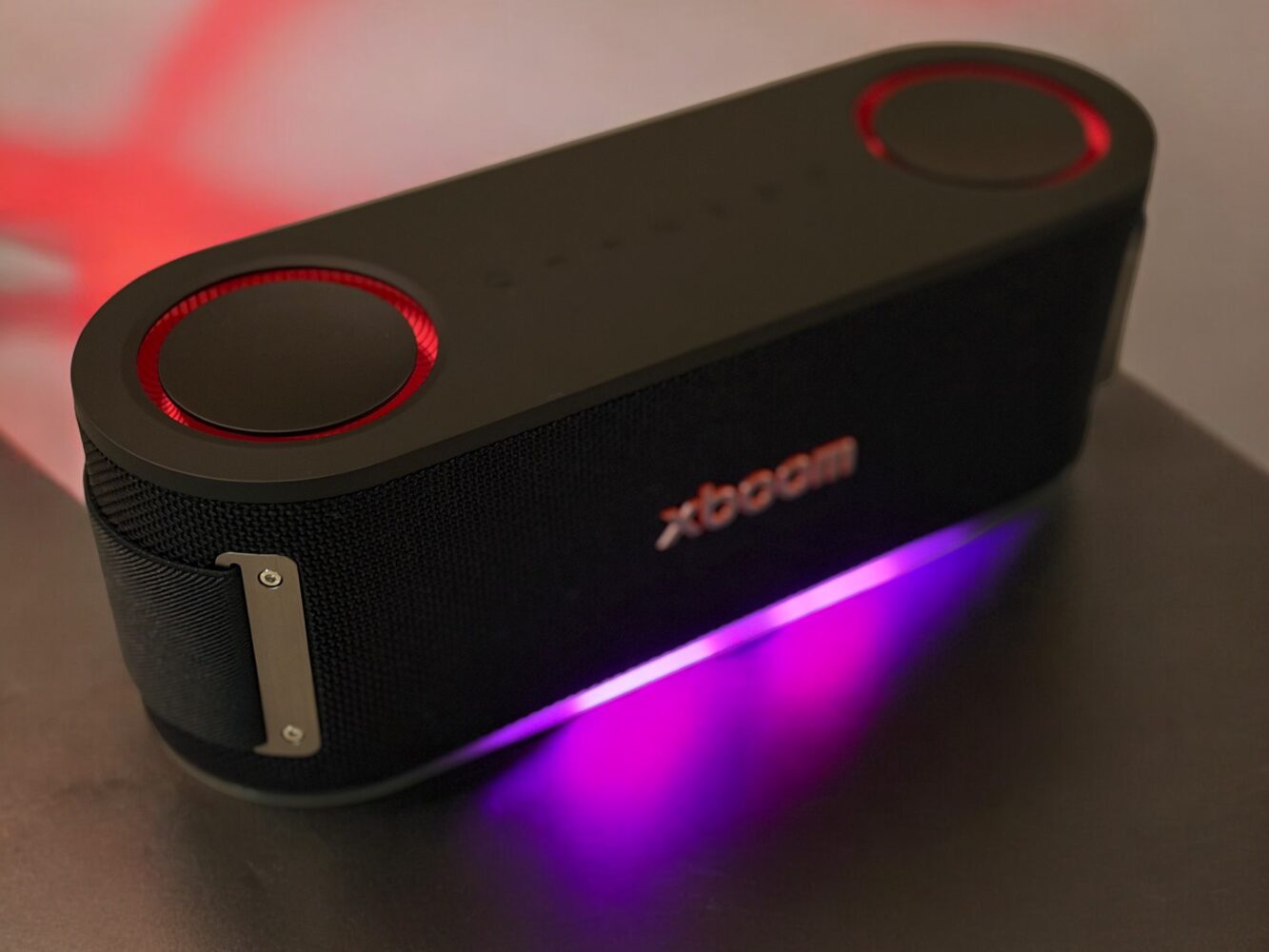
It charges over USB-C, and you can use it while plugged in. There’s no quick charge, but given how long it lasts, that’s a nitpick.
In day-to-day life, the Bounce is happiest sitting somewhere semi-permanent: a kitchen counter, a patio table, a corner of your desk where you can show off its glowing heartbeat. It’s a “bring the party to me” kind of speaker, not the “throw it in your backpack and hope for the best” kind.
I wouldn’t trust it loose in a duffel bag anyway—those exposed passive radiators on top feel like an accident waiting to happen. They’re slightly recessed, but not enough to survive keys or gravel without getting scuffed. It’s a small oversight that makes a big difference in how portable it really feels.
The Little Things (That Matter More Than You Think)
The My Button, for instance. It’s this cute heart-shaped control up top that you can program to launch apps. But because it mostly works with LG’s own services, it feels more like a brand flex than a useful feature. I tried it with LG Radio+ once, realized it was mostly filler pop playlists, and never touched it again.
The multipoint Bluetooth pairing, on the other hand, is excellent. Being able to keep both your phone and laptop connected simultaneously is one of those features that quietly becomes essential. You don’t realize how much you need it until you have it.
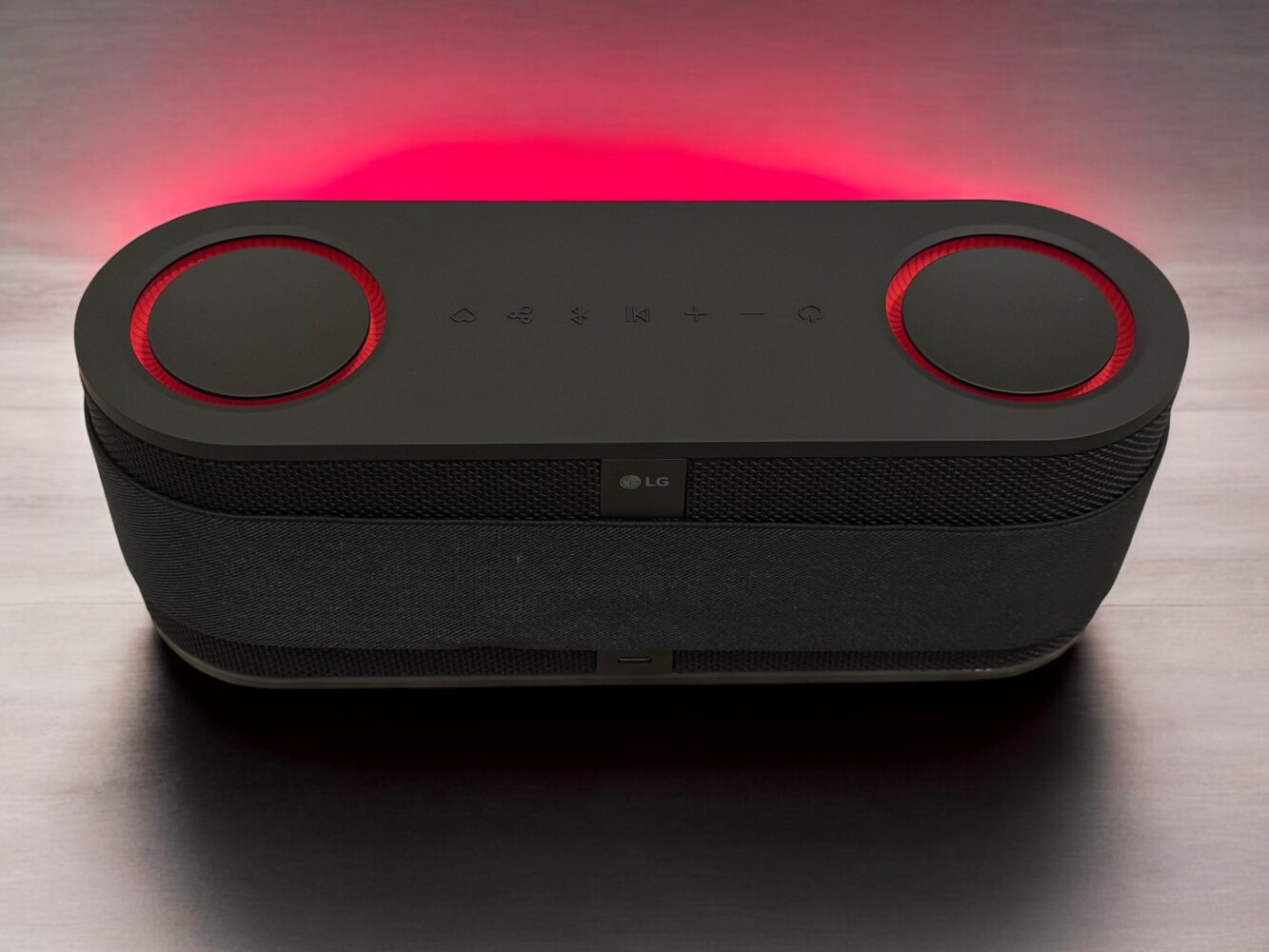
And the built-in mic? It’s a rarity these days. It’s not audiophile-grade by any stretch, but it’s more than serviceable for hands-free calls when your phone’s across the room.
It’s these small, thoughtful additions that make the Bounce feel like a speaker designed by humans who actually uses speakers.
The Quirks That Hold It Back
I can’t ignore how the exposed radiators make me nervous. They’re fine if you treat the Bounce like a home speaker, but if you toss it into a bag or set it down on a rough surface, you’ll feel that “cringe” moment where rubber meets reality.
There’s the weight. 1.42 kilograms doesn’t sound like much until you realize you’re holding it with one hand while carrying groceries in the other. It’s dense. It feels like a dumbbell disguised as a smart speaker.
None of these are dealbreakers—but they do define who the Bounce is for.
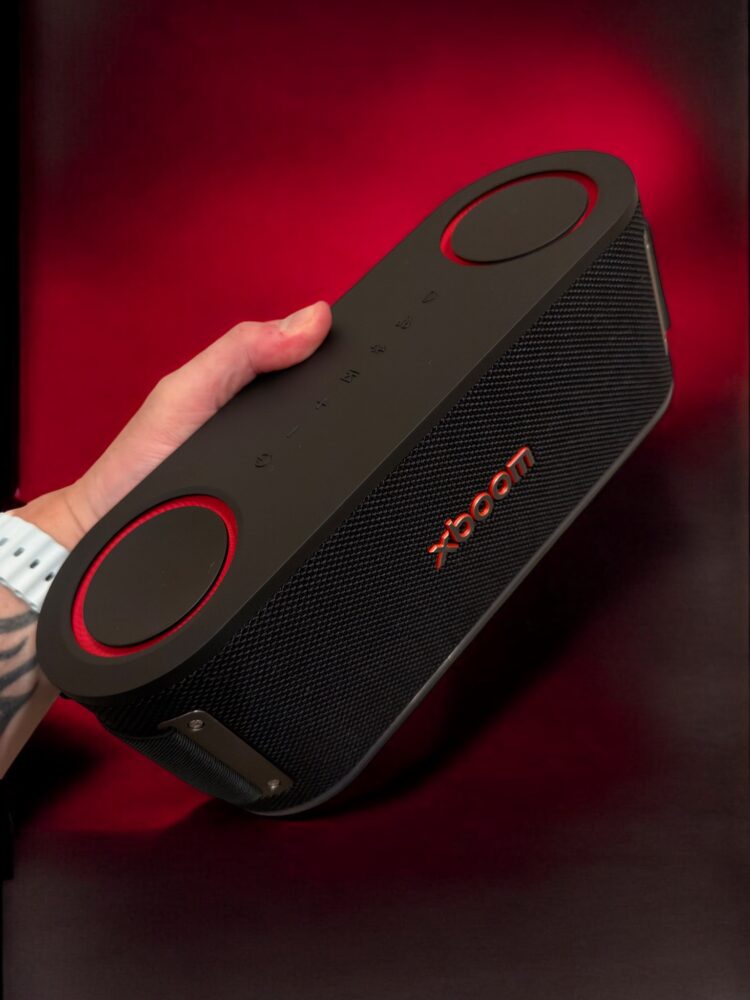
Living With It – The “Personality” Factor
Here’s where things get subjective.
Most Bluetooth speakers are boring. They sound fine, they do the job, and then they quietly disappear into the background of your life. The LG xboom Bounce doesn’t disappear. It demands attention.
That might annoy some people. But for me, it made it memorable. I’d walk into a room, see its LED strip slowly pulsing like it had a heartbeat, and catch myself smiling. There’s something oddly satisfying about a device that feels alive.
It’s also a conversation starter. Friends kept asking, “What is that thing?” before realizing it was the source of the music.
And while the AI branding feels more like buzzword bingo than actual innovation, the core experience—the sound, the design, the vibe—feels intentional. The Bounce knows what it wants to be.
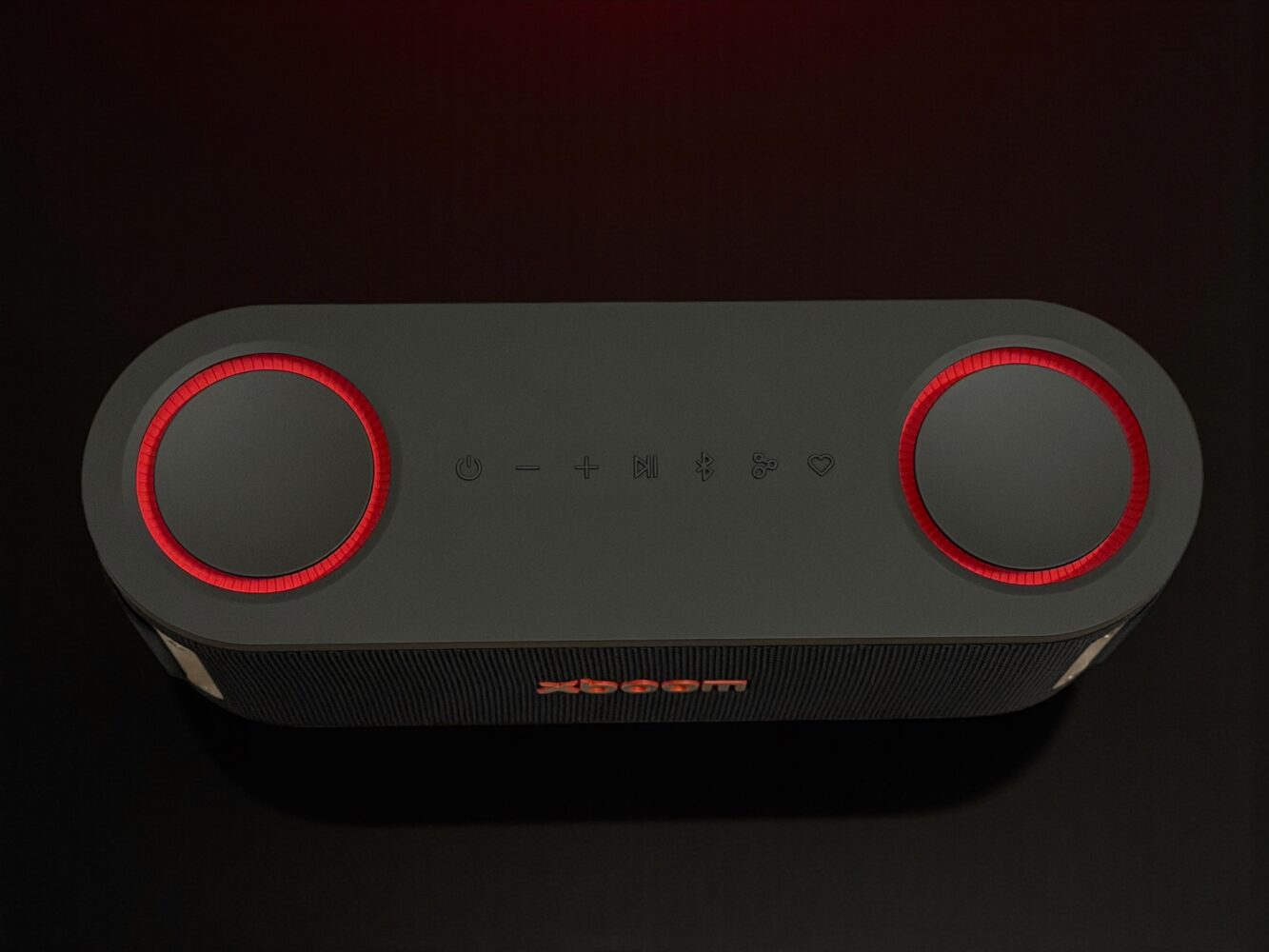
The Verdict
So, after testing, tweaking, and carrying this weirdly heavy, oddly charming speaker around, here’s where I landed:
The LG xboom Bounce is the kind of product that shouldn’t work—but does. It’s too heavy to be portable, too strange to blend in, and too dependent on an overstuffed app ecosystem. Yet, when you hit play, it just… delivers.
It’s a confident speaker that sounds better than it looks (and it already looks wild), lasts long enough to survive your weekend, and feels genuinely different in a market full of clones.
If you want the absolute best sound for your money, there are other options. The Soundcore Boom 2, for instance, packs more wattage for less cash. But if you want character—a speaker that feels like it has a pulse—this is it.

